SCIENCE ADVANCES 11 May 2018 Vol 4, Issue 5
DOI: 10.1126/sciadv.aar5907
Periodicals:Science Advances
Author:Peiyu Zhang
Time:2018-05-11
The self-assembly of peptides into ordered nanostructures is important for understanding both peptide molecular interactions and nanotechnological applications. However, because of the complexity and various self-assembling pathways of peptide molecules, design of self-assembling helical peptides with high controllability and tunability is challenging. We report a new self-assembling mode that uses in-tether chiral center-induced helical peptides as a platform for tunable peptide self-assembly with good controllability. It was found that self-assembling behavior was governed by in-tether substitutional groups, where chirality determined the formation of helical structures and aromaticity provided the driving force for self-assembly. Both factors were essential for peptide self-assembly to occur. Experiments and theoretical calculations indicate long-range crystal-like packing in the self-assembly, which was stabilized by a synergy of interpeptide π-π and π-sulfur interactions and hydrogen bond networks. In addition, the self-assembled peptide nanomaterials were demonstrated to be promising candidate materials for applications in biocompatible electrochemical supercapacitors.


